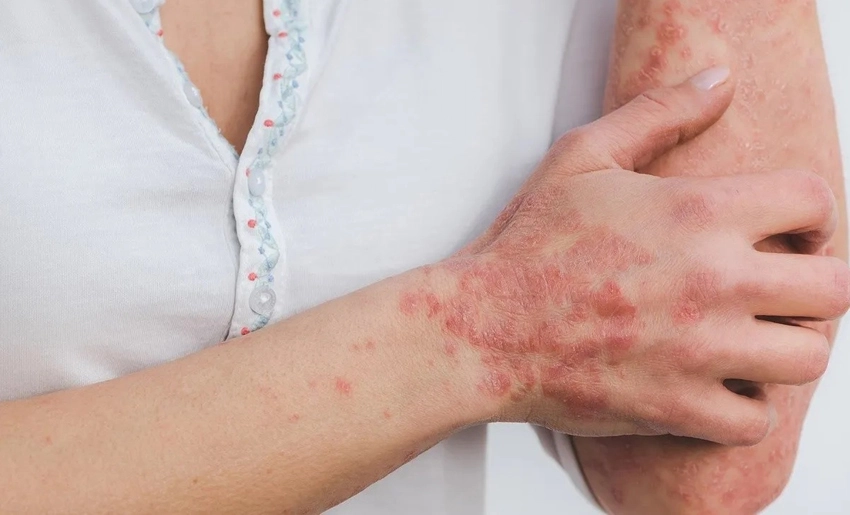Although in Cuba since 1993, with the reduction of the leprosy prevalence rate to 0.79 per 10 thousand inhabitants, the elimination of this disease as a health problem was achieved, it reports new cases annually.
Since the first years of the Triumph of the Revolution, in 1962, the leprosy control program has been implemented in the country.
According to the head of the Leprosy Program in Holguin province, Dr. Yuniesky Cruz Gonzalez, “This entity is a chronic infectious disease that mainly affects the skin, peripheral nerves and mucosa of the upper respiratory tract.
“It is caused by Mycobacterium leprae and it is necessary to strengthen health promotion and education actions, as well as to modify certain taboos related to it, reinforcing the three great truths of leprosy. It is a curable disease, once the sick person starts treatment, it does not spread to others and early diagnosis prevents the onset of disabilities”.
In the particular case of Holguín province, the behavior of the disease is similar to that of the rest of the country, although in the last five years, 10 of the 14 municipalities have reported cases of leprosy, being the provincial capital city with the highest number of cases in the same period, with incidence in six of the nine health areas.
According to statistical data, at the end of 2023, seven cases were reported in the territory, with the highest prevalence rates in Cueto, Gibara, Urbano Noris and Mayari.
The seven cases detected were clinical multibacillary and over 15 years of age. Five of them were diagnosed early, which represents 71.4 percent, being the two late cases in the municipalities of Gibara and Mayari.
Because of this, explained the official of the Provincial Center of Hygiene Epidemiology and Microbilogy “it is necessary to maintain a clinical epidemiological thinking in the face of symptoms and suspicious signs of the disease to ensure an early diagnosis and avoid disabilities.
“For this purpose, the Provincial Leprosy Commission meets every fourth Thursday of the month at the Lucía Íñiguez Landín Clinical and Surgical Hospital. The Commission is made up of a multidisciplinary team of specialists who discuss the province’s suspected morbidity.
At the healthcare center, diagnosis and treatment scheme are defined according to the clinical form of the disease and clinical epidemiological follow-up is given to patients who do not have an adequate response to treatment”.
For patients, treatment is totally free, controlled, based on multidrug therapy. Once a case is diagnosed, focus control actions are carried out.
Among the main actions are the clinical epidemiological study, with an interrogation and dermatoneurological examination of the contacts of the case, carried out within the first 30 days of diagnosis, and chemoprophylaxis with Rifampicin, single dose, and then a follow-up with clinical dermatological examination is maintained annually for five years.
In addition, the population at risk related to the confirmed case is defined, which will be followed up with dermatoneurological examination also annually for a period of time.
Thus, timely and appropriate treatment of leprosy can prevent disease progression and reduce the risk of permanent disabilities, such as loss of sensation in the limbs, deformities and visual impairment.
Proper leprosy management encompasses not only medical treatment, but also psychosocial support, rehabilitation and social integration of patients. A way to improve their quality of life and contribute to their emotional well-being.
With information from Infomed Holguín / Translated by Radio Angulo
- Claudia Sheinbaum, Transformative Leadership - 3 de July de 2025
- International Rejection of New US Memorandum Against Cuba - 3 de July de 2025
- Cuba Denounces Opening of Detention Center in Florida - 3 de July de 2025

